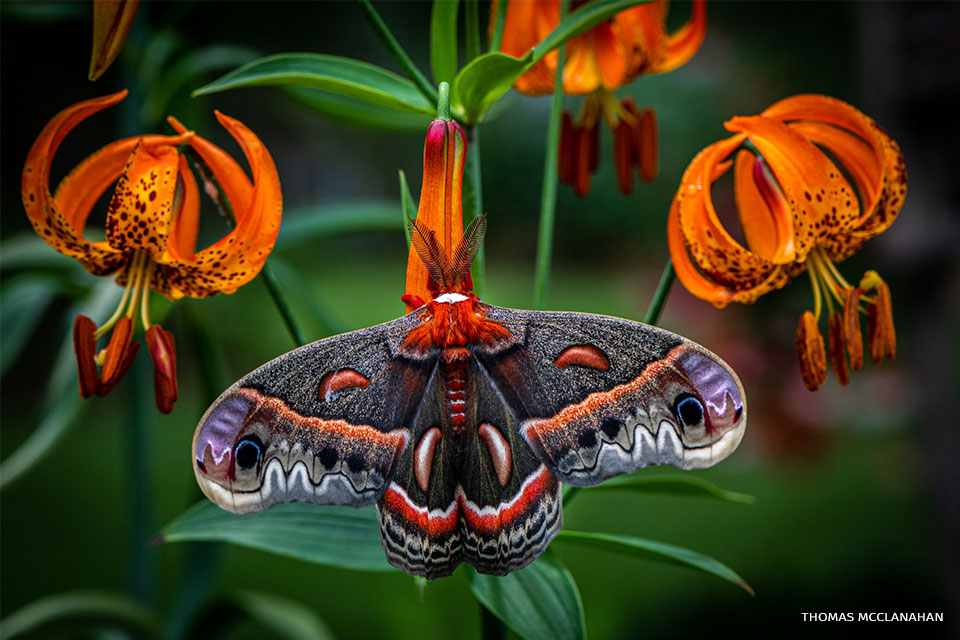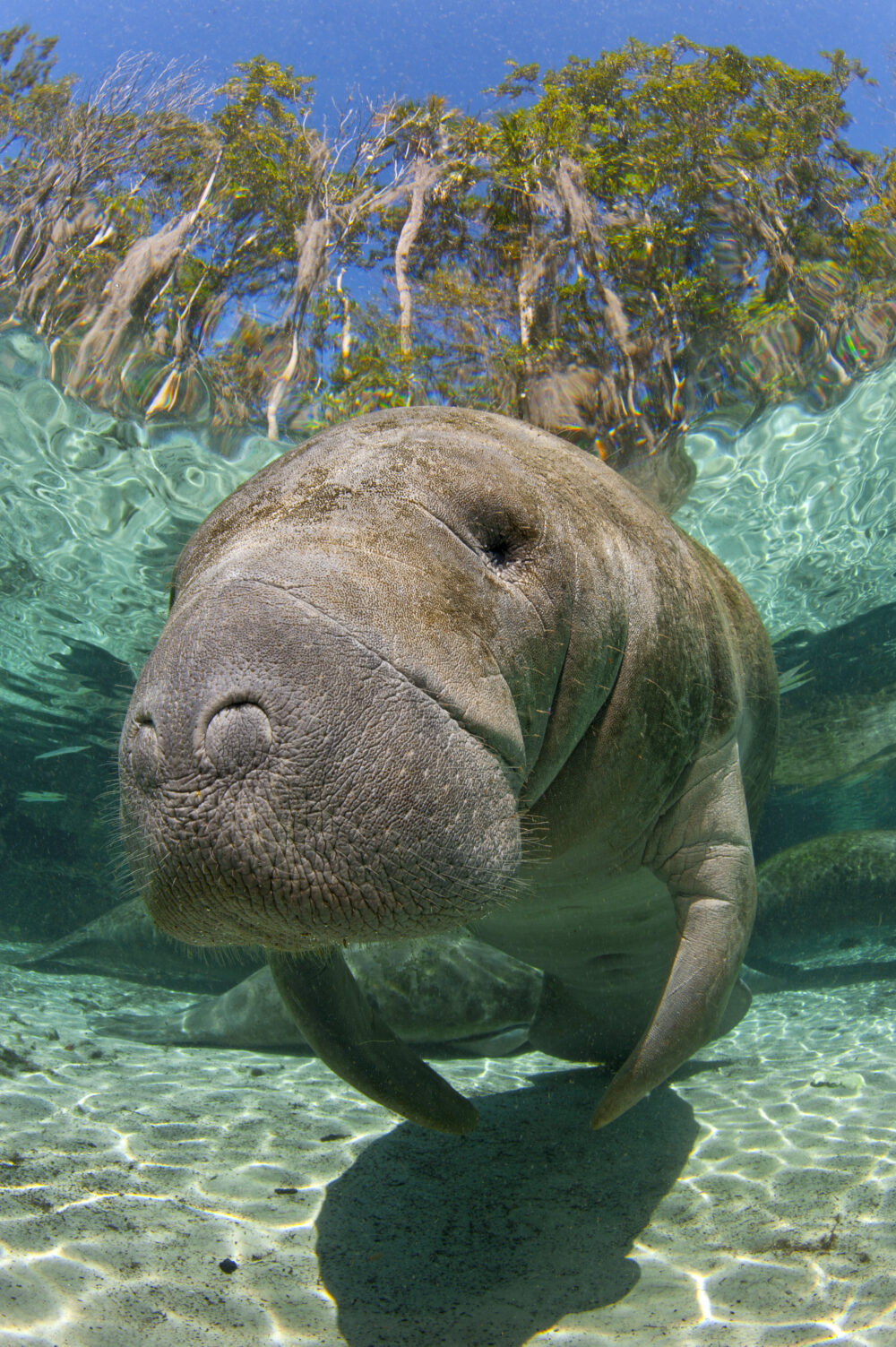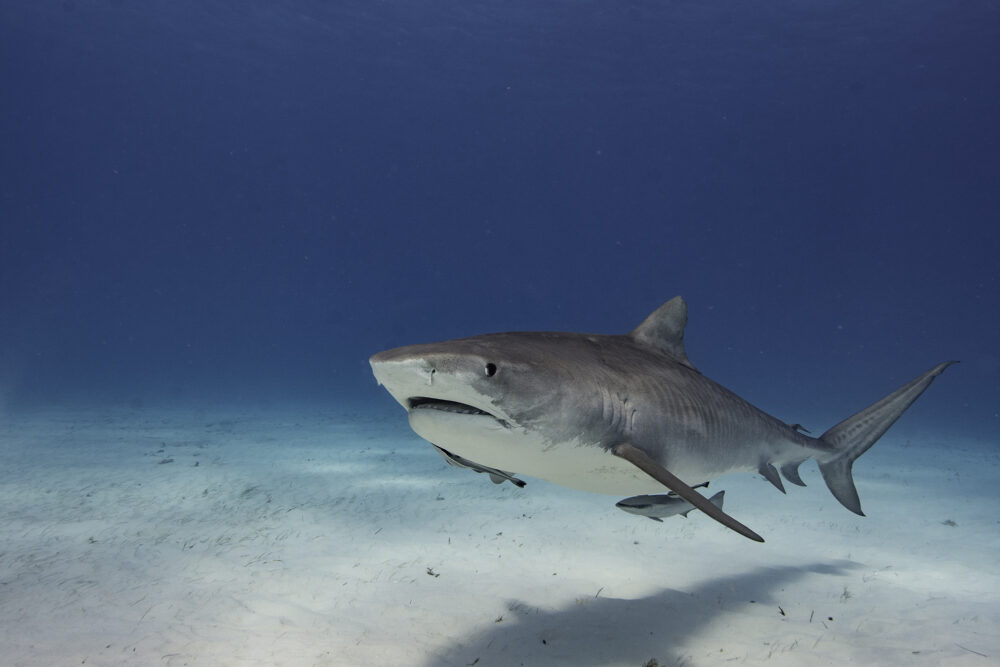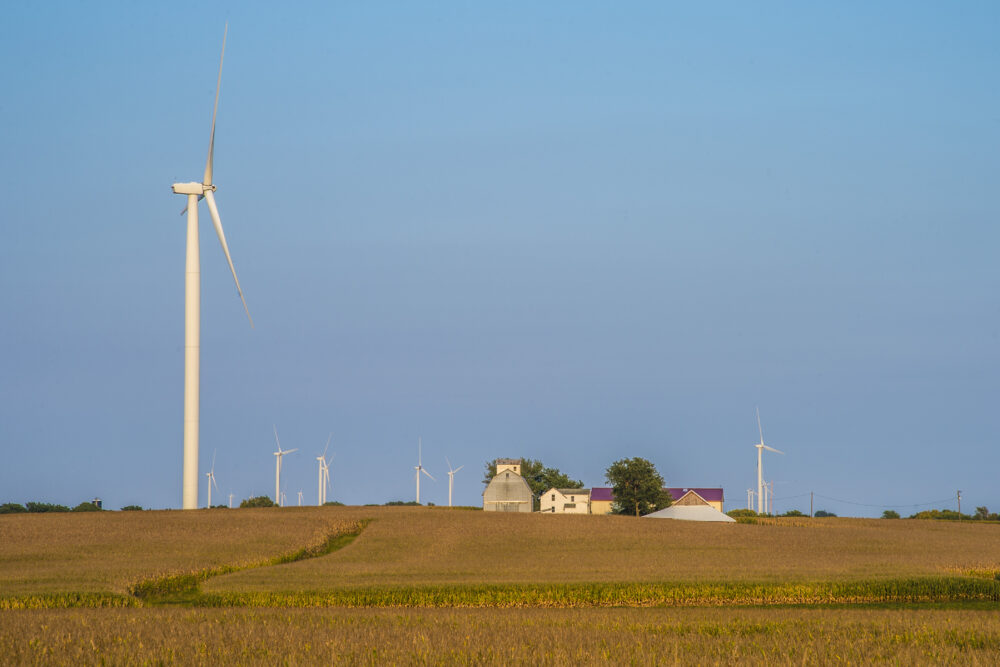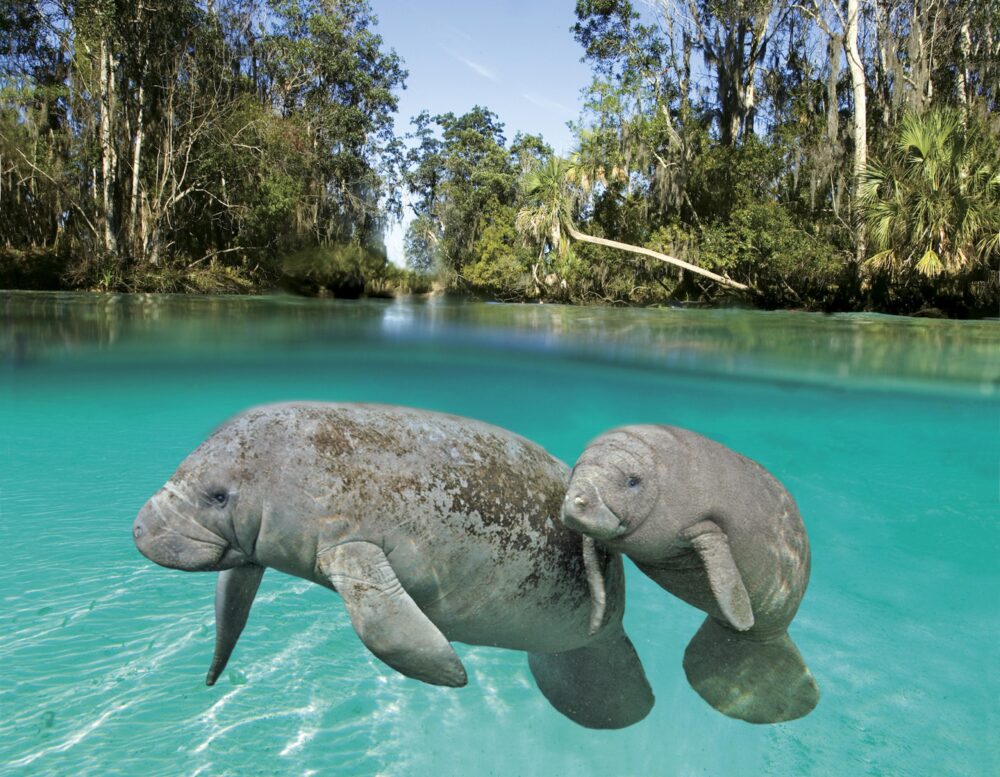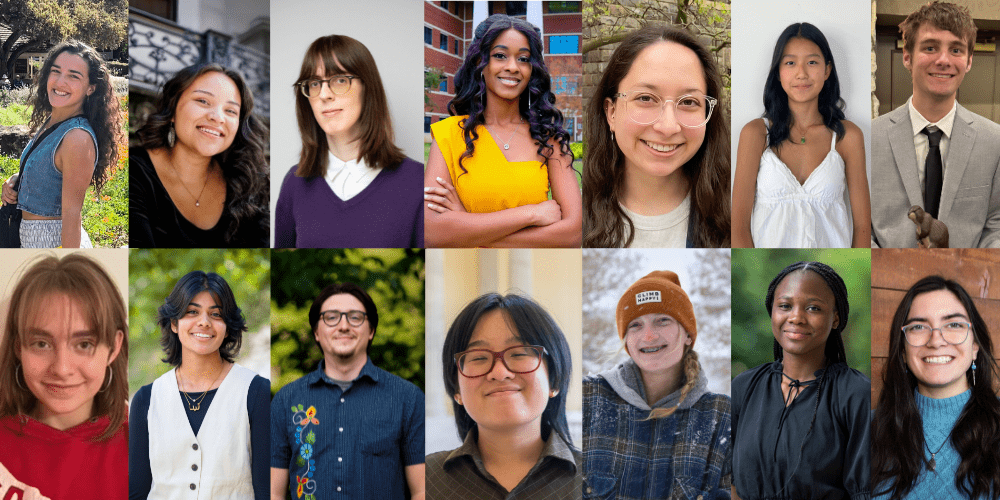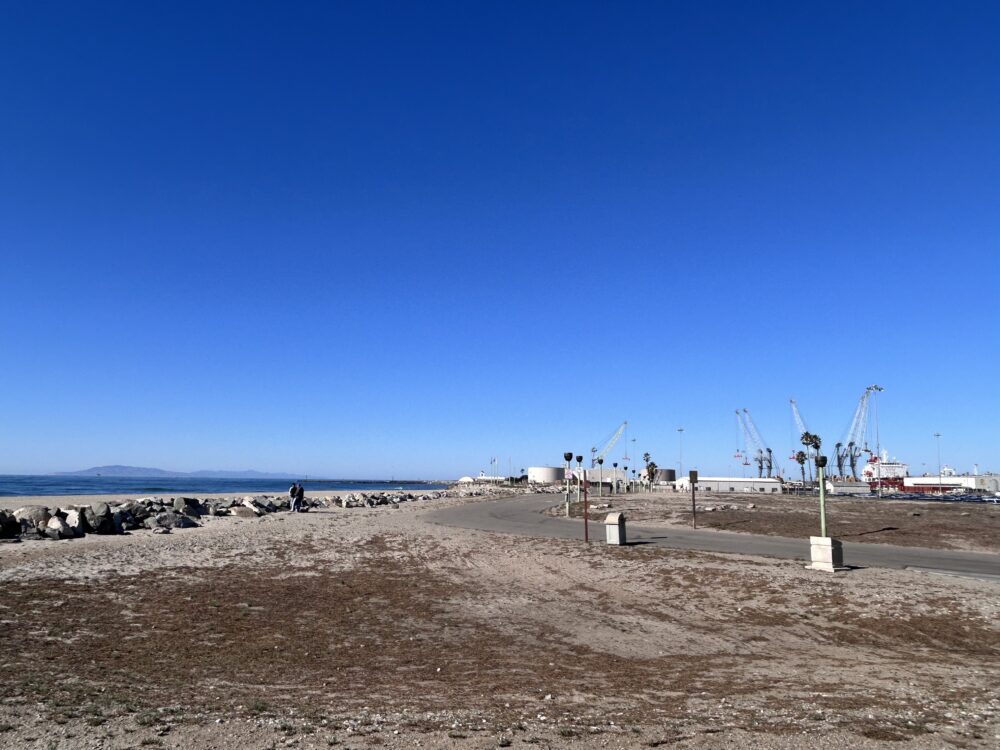We have much more to do and your continued support is needed now more than ever.
Igniting Interest: Introducing Students to the Art of Prescribed Burning

The longleaf pine range of the Southeastern United States has seen a rapid decline in acreage as human development continues to cause significant declines in natural habitats. In an age where forest stewardship is more important than ever, education plays a crucial role in shaping future conservationists. Fort Valley State University’s (FVSU) newest club, FireCats, seeks to do just that by uniting students with an interest in the natural world, and educating them on forestry, fire ecology, prescribed burning, and careers in conservation.
The club’s formation comes after FVSU’s recent announcement of their plans to convert approximately 90 acres of campus property into a flourishing longleaf pine forest, which has university students excited about hands-on learning experiences.
The forested tract will not only enhance the campus’s natural beauty, but serve as a living laboratory for educating students and landowners on sustainable land management practices. Through the FireCats, students will attend workshops based in forest ecology, assist with prescribed burns in the area, and gain access to the university’s pine stands for fun activities.
These projects are supported by multiple partners including National Wildlife Federation (NWF), USDA Natural Resources Conservation Service, the U.S. Forest Service, and the National Fish and Wildlife Foundation.
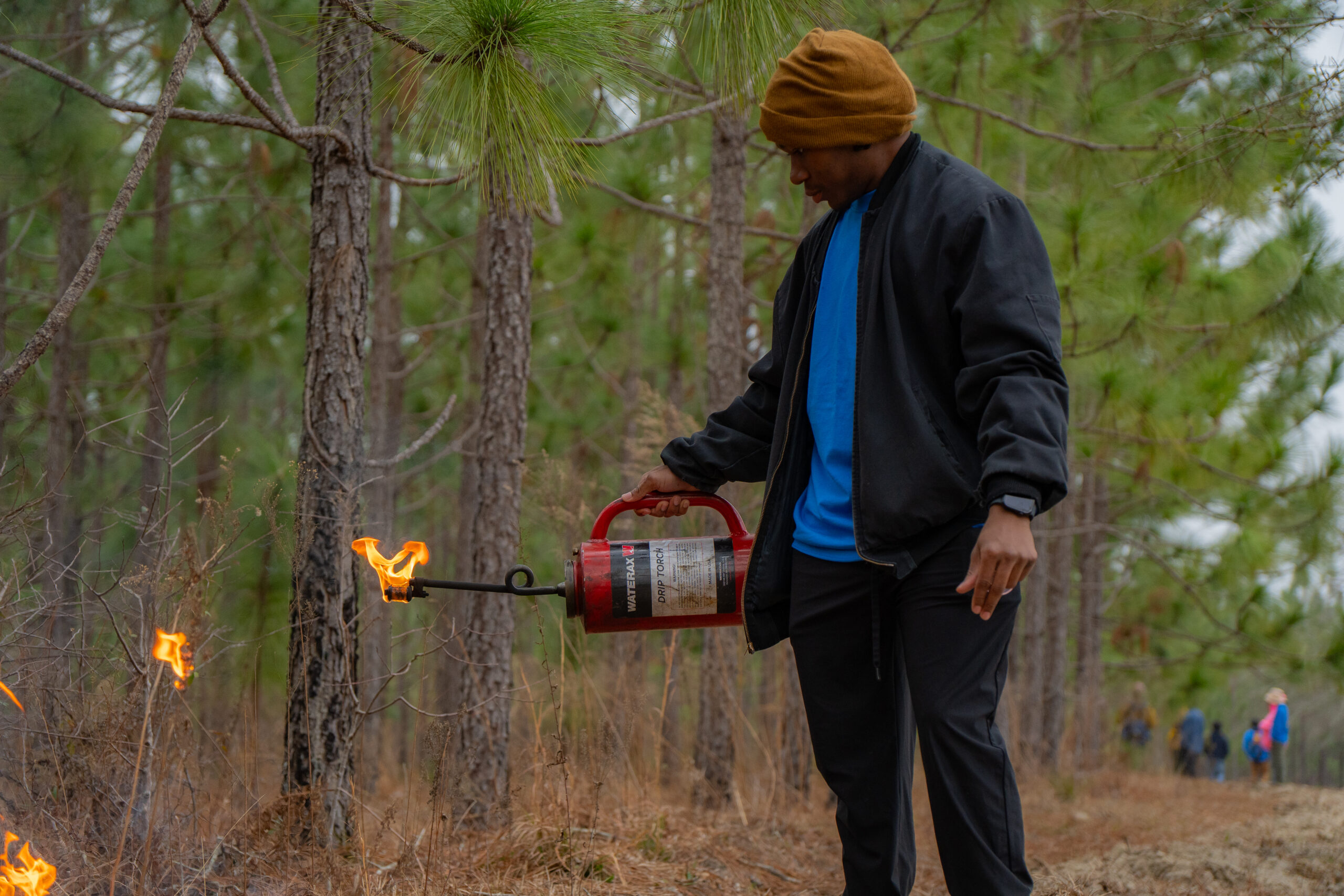
Careers in Forestry and Land Management
Prescribed burning—the intentional use of fire to achieve land management objectives—reduces hazardous fuel loads, promotes the growth of native plants, and improves wildlife habitats. This past February, thirteen students from FVSU’s College of Agriculture witnessed this practice first hand by attending their first prescribed burn.
Set in Swainsboro, Georgia, at the Willie E. Hodges Estate Family Farm, with NWF’s Longleaf for All landowner mentor, Mr. Herbert Hodges, the undergraduates learned about, observed, and participated in this land management practice, which they had no prior knowledge of.
With career aspirations ranging from engineering to economics, NWF Southeast Forestry Team staff members advised students on how their interests can be applied to conserving forest ecosystems whether it be from a lab, in an office, or on foot. Engineering students were surprised to learn that drones are at the forefront of advancing fire ecology.
Animal science scholars were intrigued when viewing a gopher tortoise burrow, and learning about its role as a keystone species. Many students expressed a desire to learn more about careers in environmental science and land management, showcasing the potential impact of our event.

Introducing Students to Prescribed Burning
After our career exploration session, students witnessed firsthand how fire can be used as a tool for ecological restoration. The crackling flames and the smell of smoke captivated their senses, sparking excitement and curiosity.
Professionals from the Georgia Forestry Commission explained some of the intricacies that go into prescribed burning such as a burn plan and safety protocols. With so many factors at play, professionals from multiple fields are necessary to ensure safe and efficient land management, and students were introduced to some of those roles during the burn.
When asked, “How can you see FireCats influencing Fort Valley’s College of Agriculture?” Zion Sayles, a junior plant science major responded with, “It [will give] participants a chance to be a part of something related to the college’s focus regardless of their major or goals. . . things like controlled burning are parts of agriculture that I think should be highlighted since many would look at the pictures we posted and be confused by what we were doing.”
Sayles continued, “Workshops and learning events like that give exposure to practices that [students] may not have had a chance to learn about outside of FireCats. . . The school gives people a chance to farm and do lab work but we had someone show us something that could be beneficial in our personal or professional lives. . . The College of [Agriculture] has many talented students who want to do more than just put plants in the ground; we also want hands-on examples of how people protect them even if it looks a little questionable.”

Lasting Impressions of Prescribed Burning Programs
Lance Turner, a freshman plant science major, took full advantage of what instructors had to offer, as he was seen connecting with Georgia Forestry Commission prescribed fire experts and getting familiar with using the drip torch. When questioned about his experience, Turner enthusiastically stated, “The Learn and Burn was an amazing experience. The interactive aspect made the event enjoyable, and I was surprised at how safe the environment was despite fire being involved. I give all credit to the instructors with years of experience.” And when asked whether he would participate in more burns with the FireCats, he replied, “Absolutely!”
It’s evident that the students were excited to learn, from the career portion to the burn itself. As a result, the day was filled with engaging discussions and interactive demonstrations that provided students a well-rounded understanding of why and how prescribed burns are conducted.
The Learn and Burn was a resounding success, leaving students thrilled about the emergence of the FireCats. By integrating outdoor learning with real-world applications, FireCats will aim to continue cultivating a generation of environmentally conscious leaders equipped with the knowledge and skills to tackle pressing ecological issues.
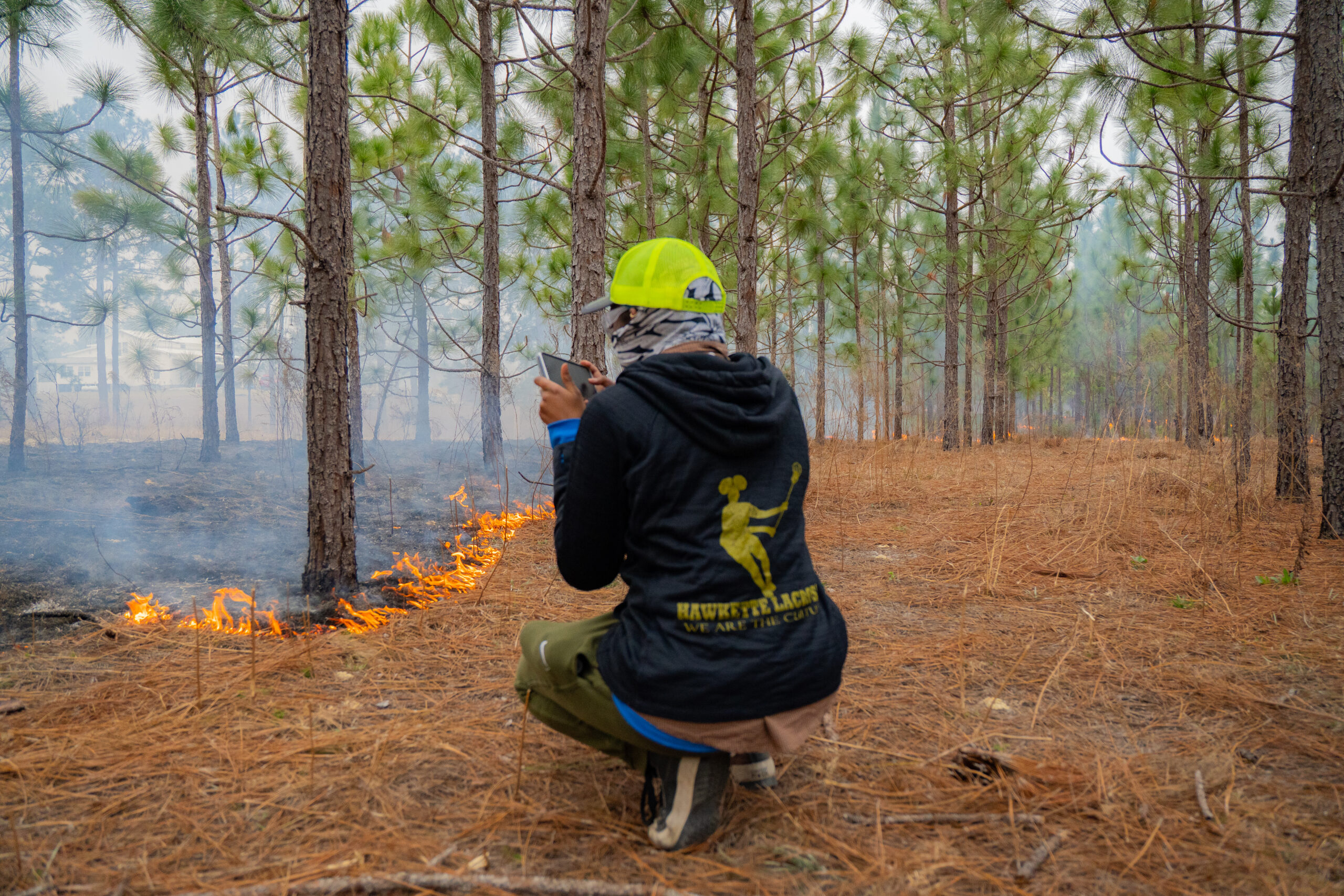
The National Wildlife Federation and Fort Valley State University will continue to collaborate on learning experiences for university students, such as the FireCats, in partnership with the U.S. Department of Agriculture’s Natural Resource Conservation Service Georgia Division and National Fish and Wildlife Foundation.
USDA is an equal opportunity provider, employer and lender.



